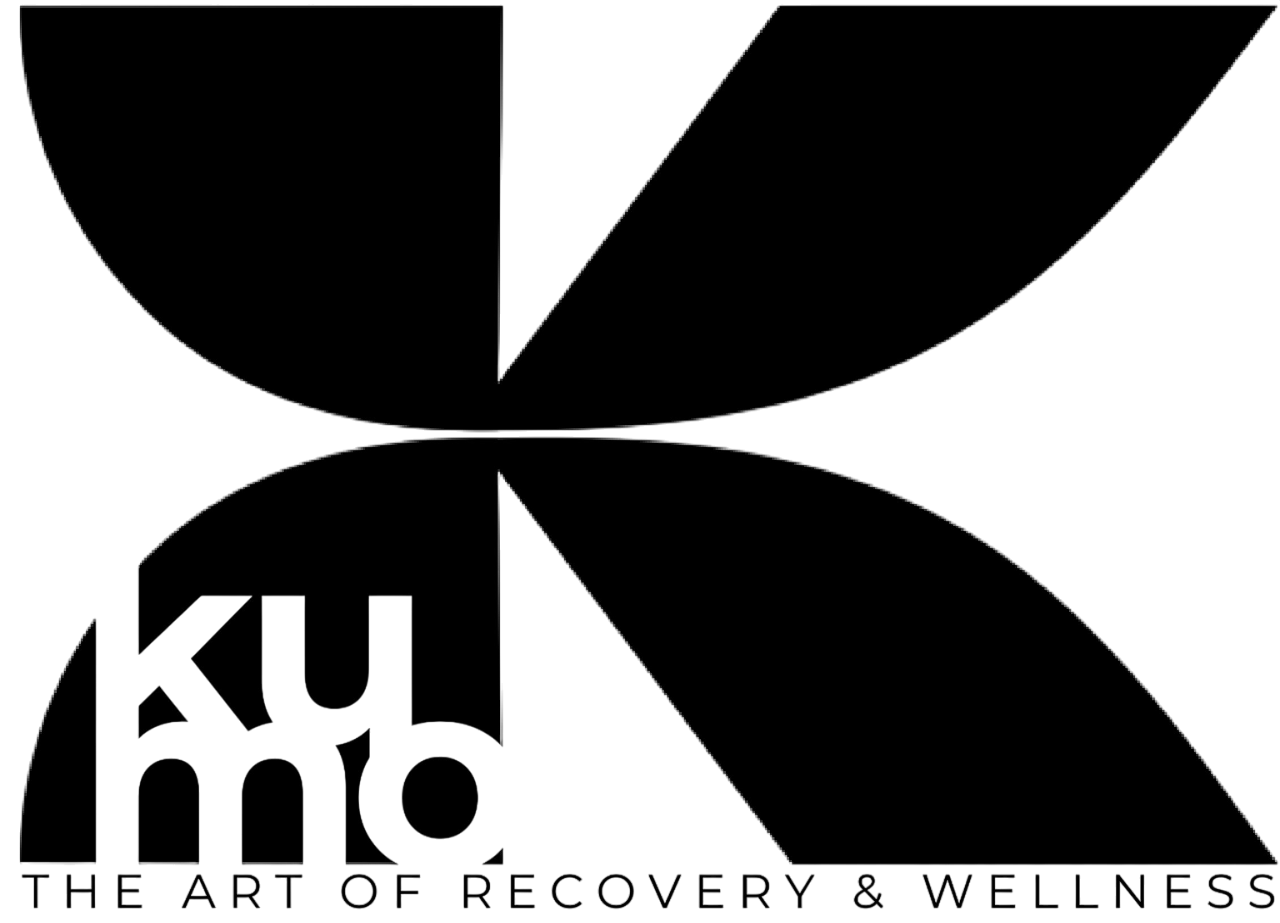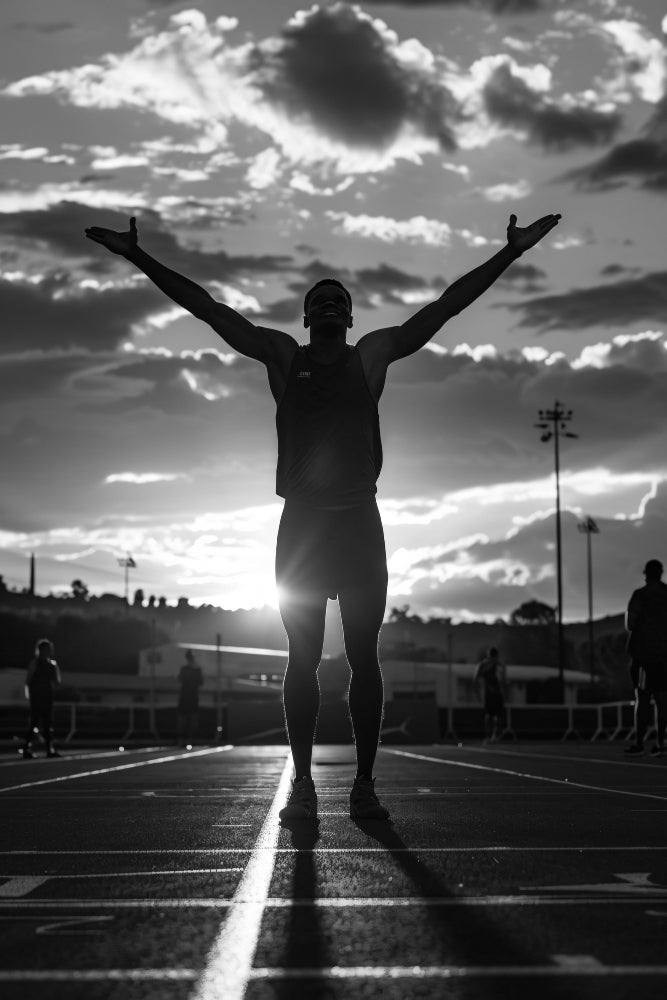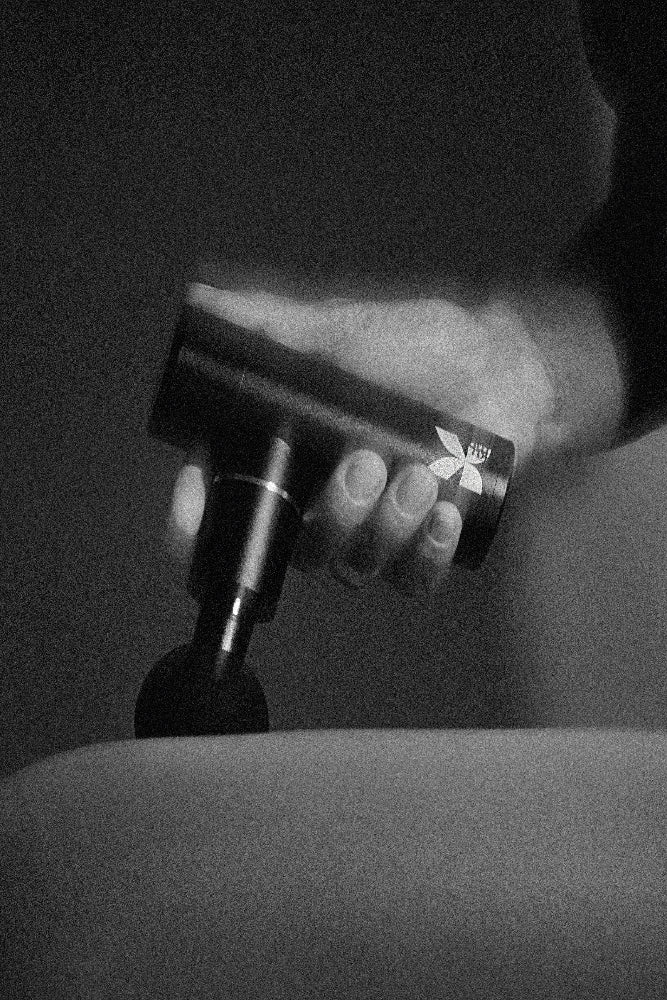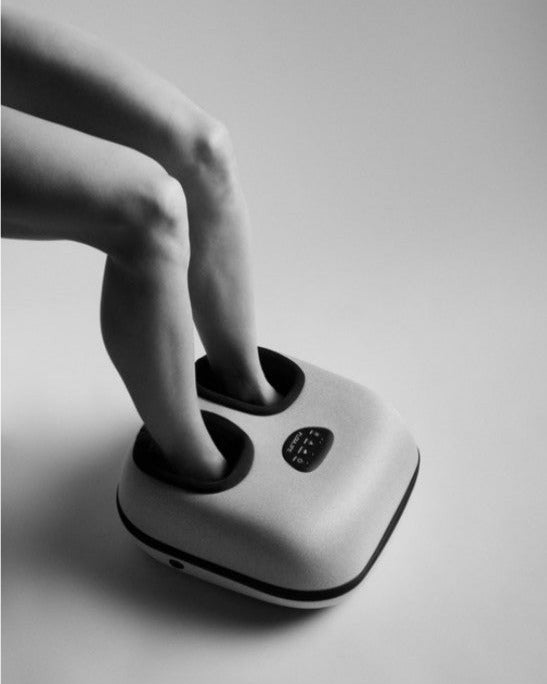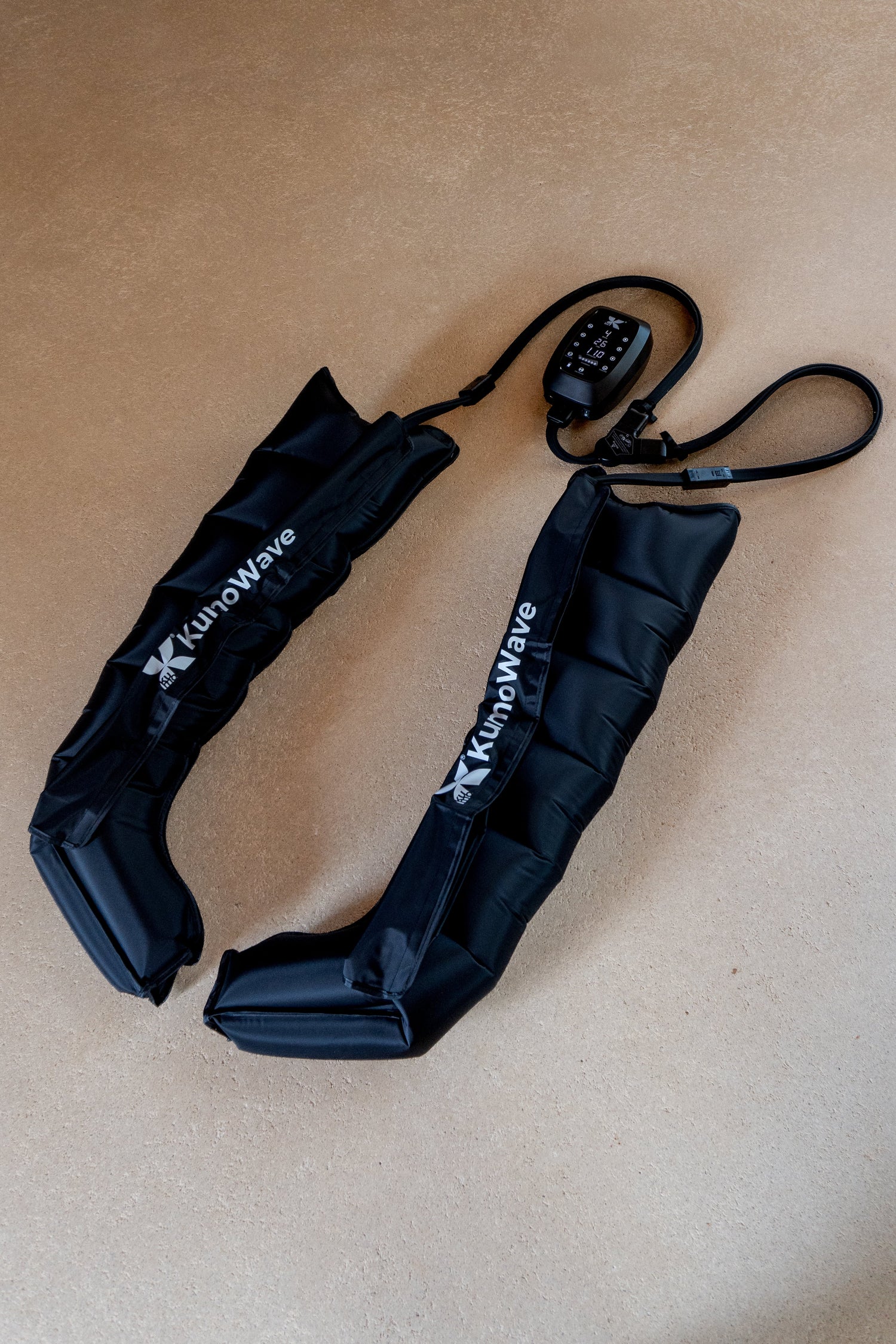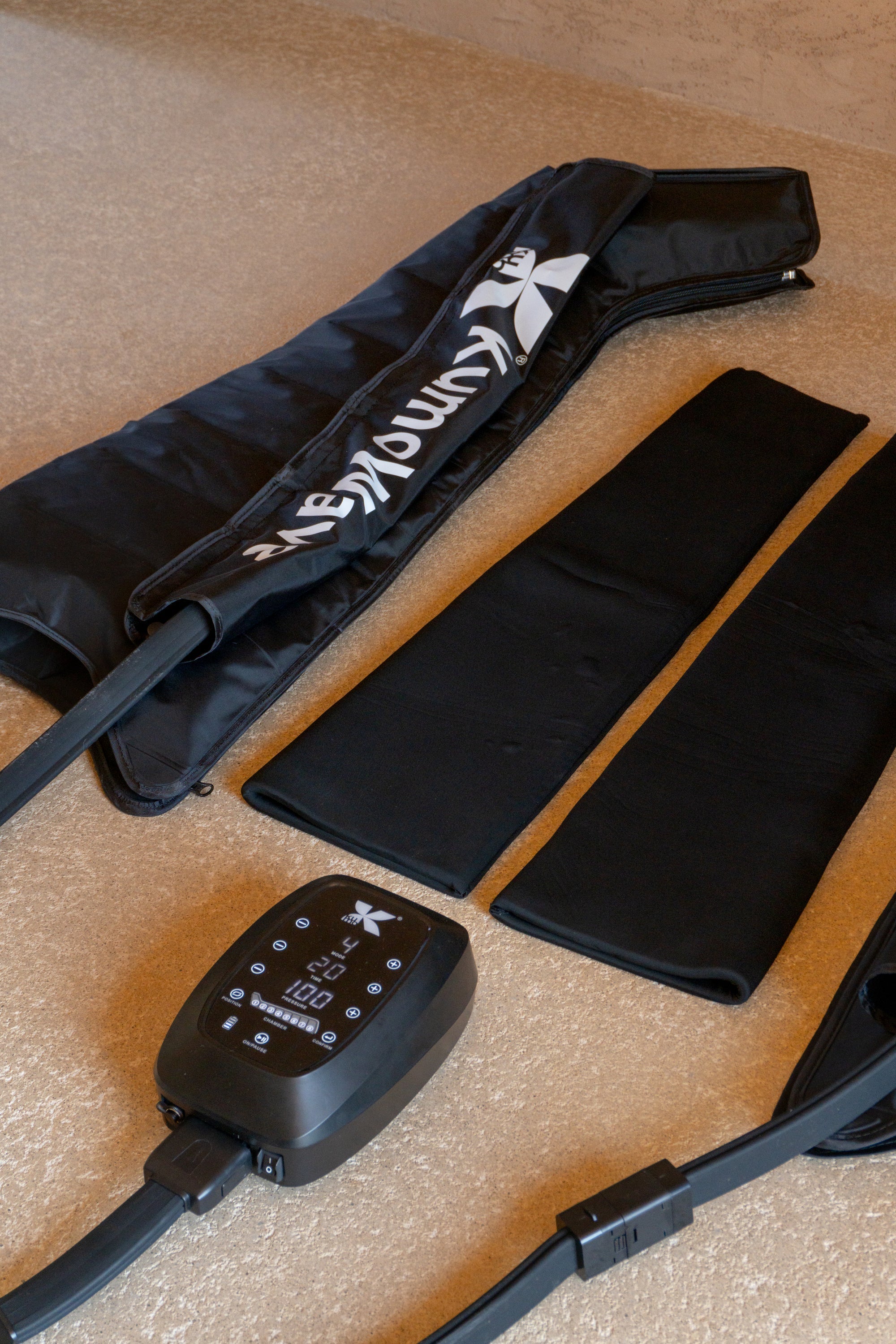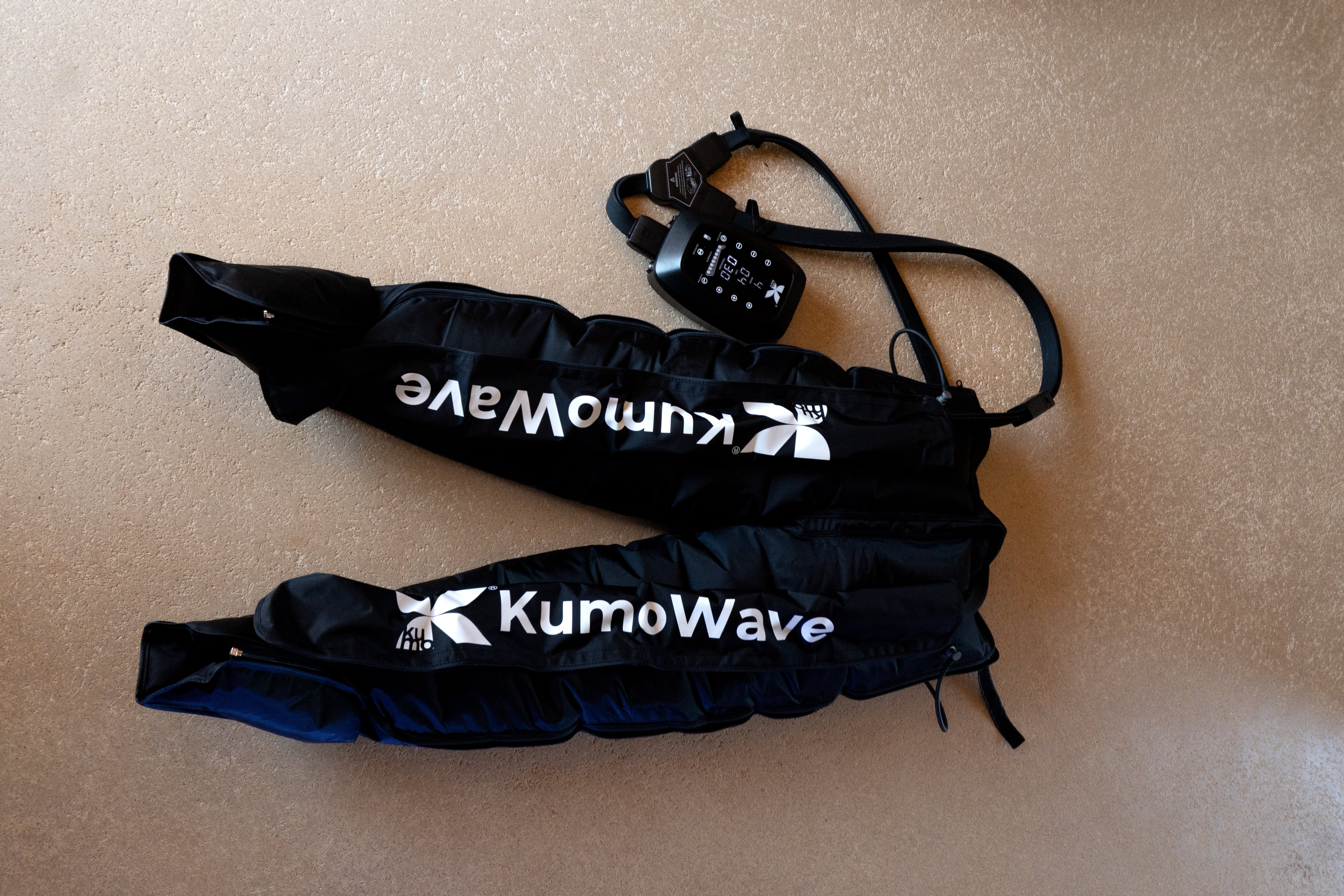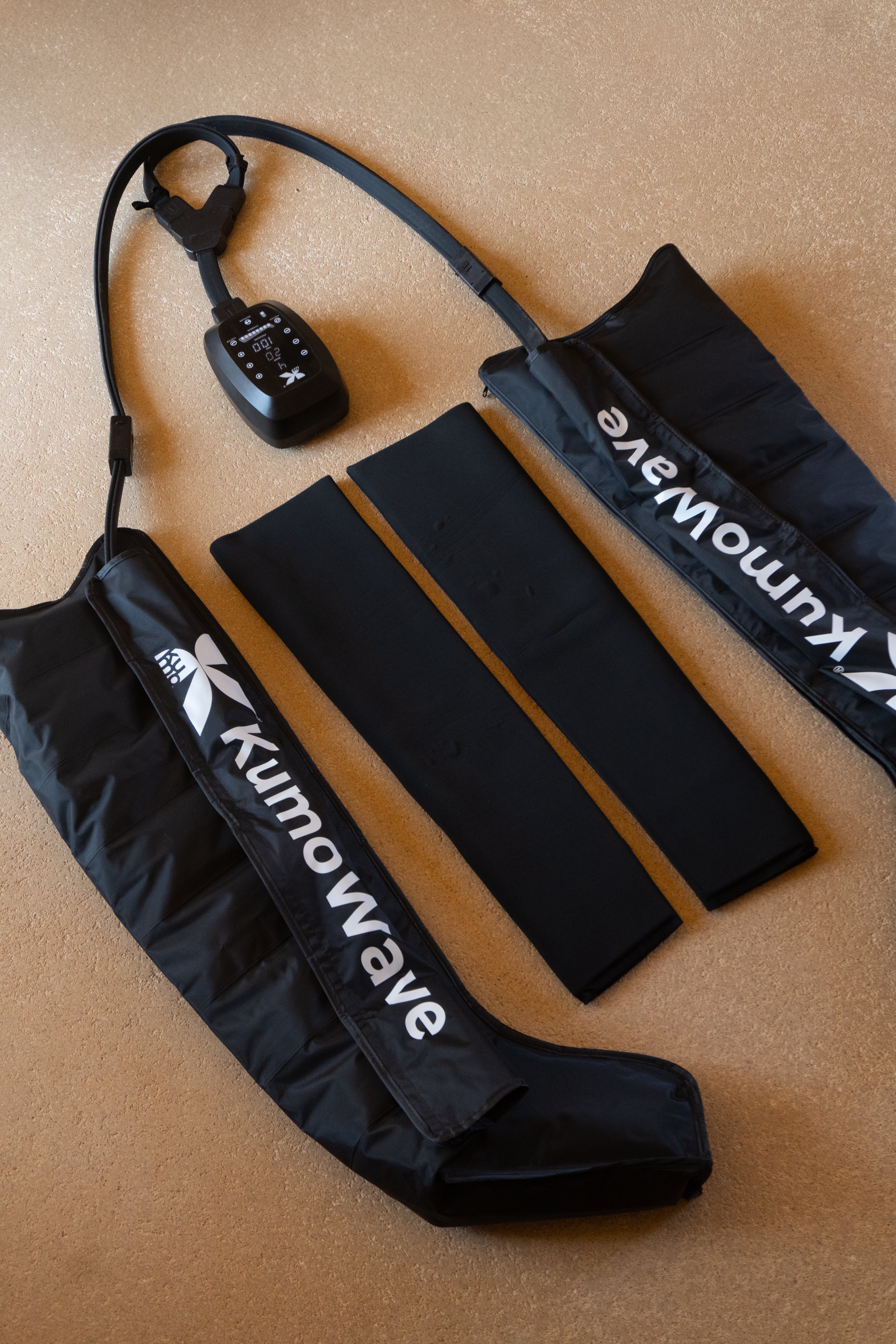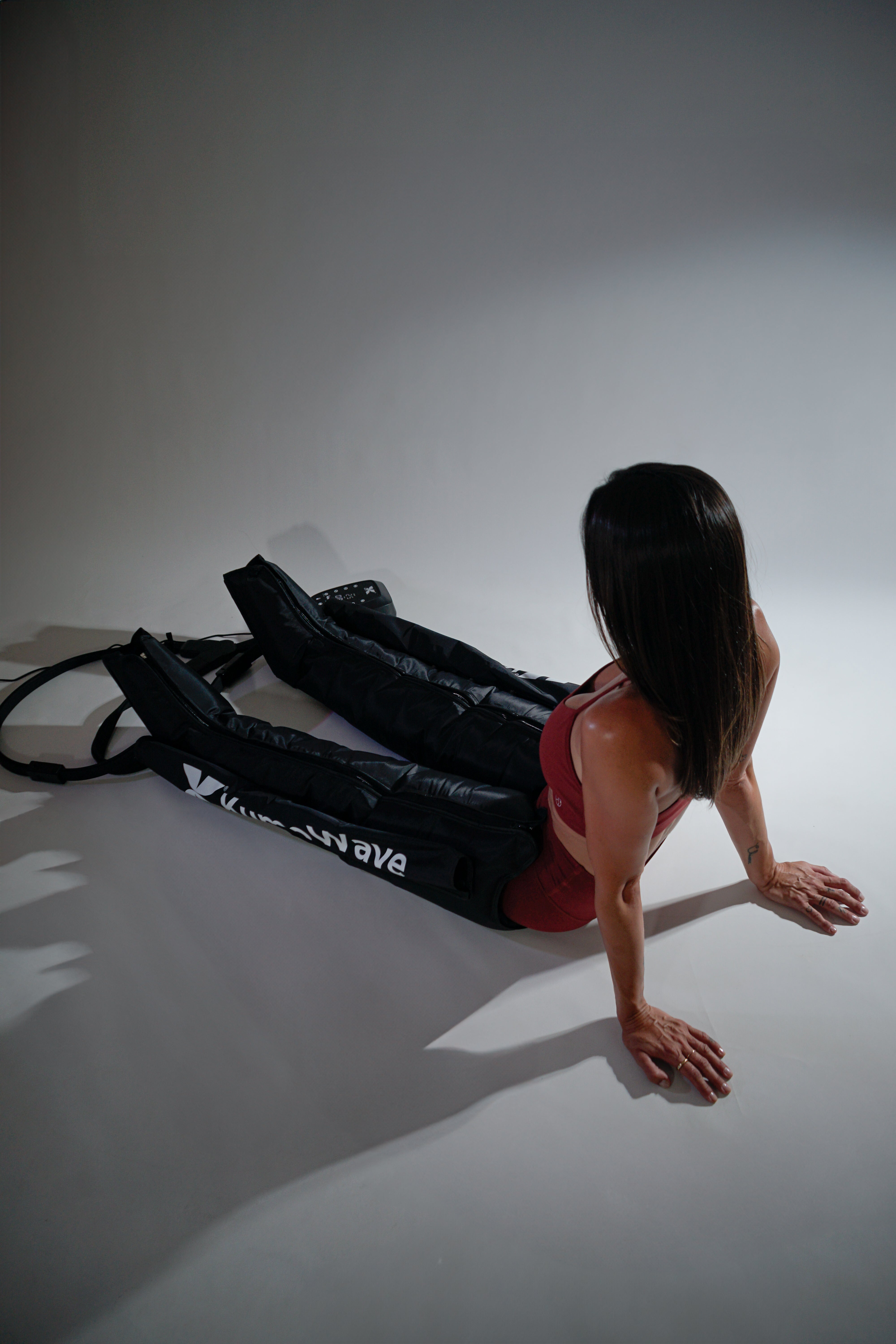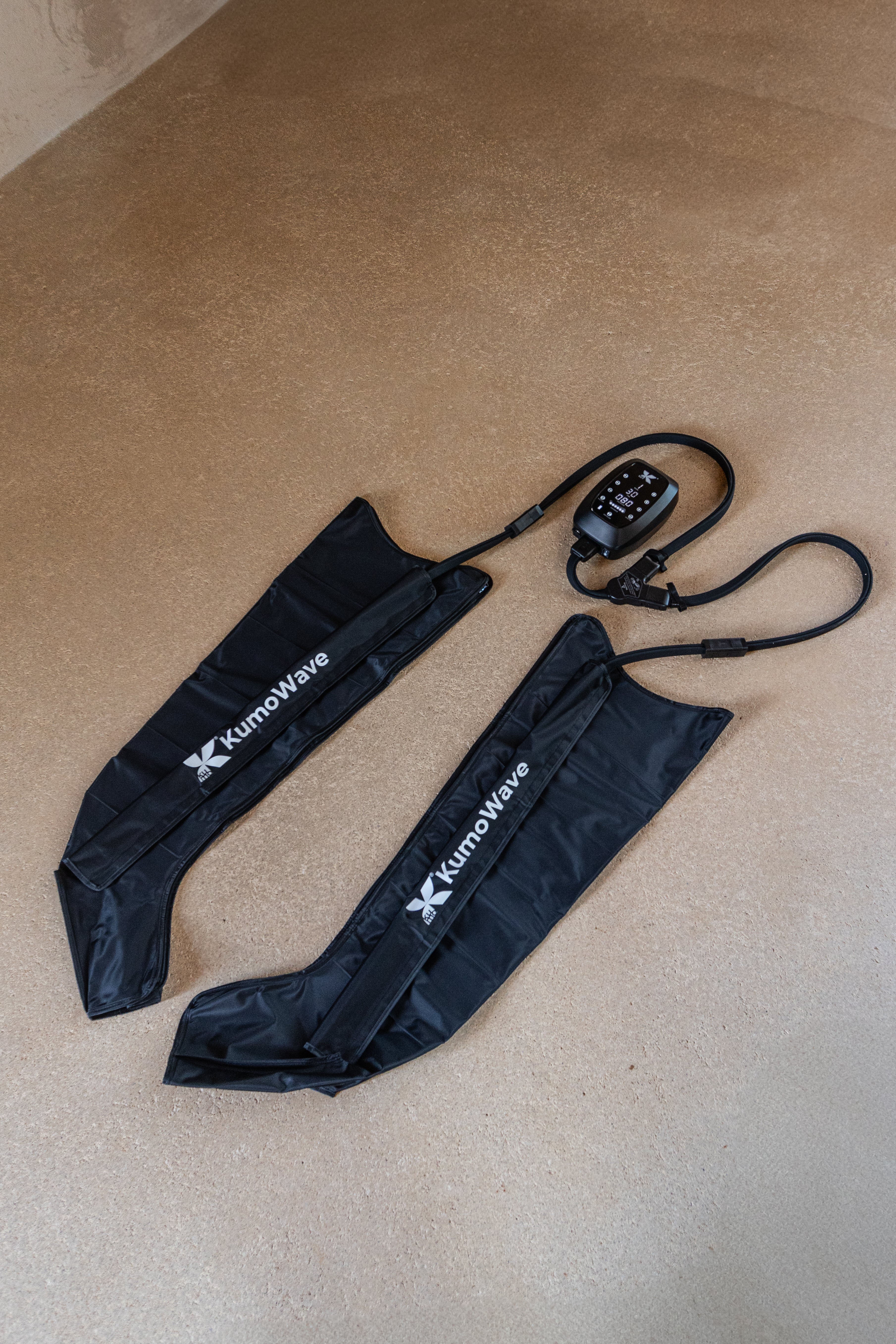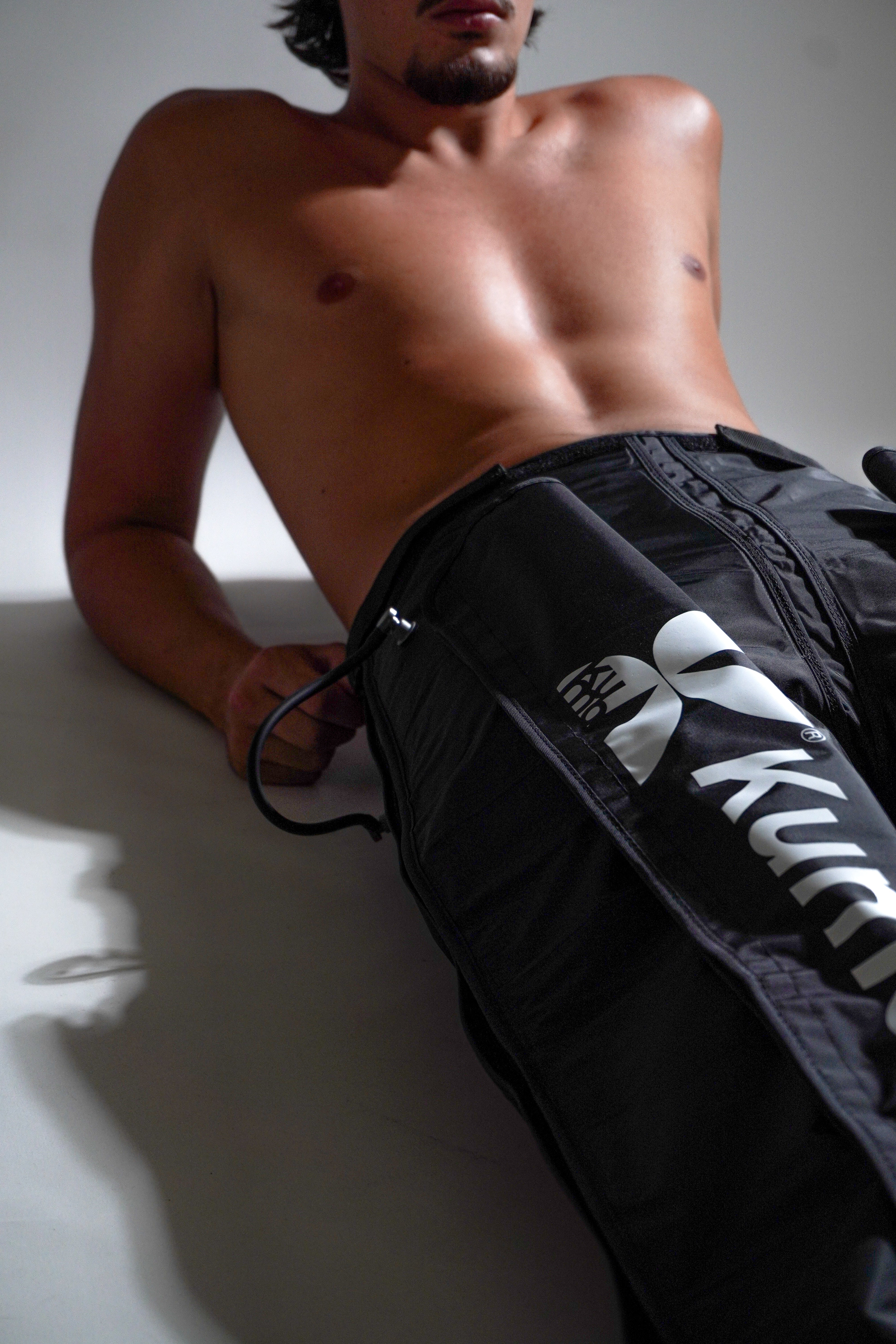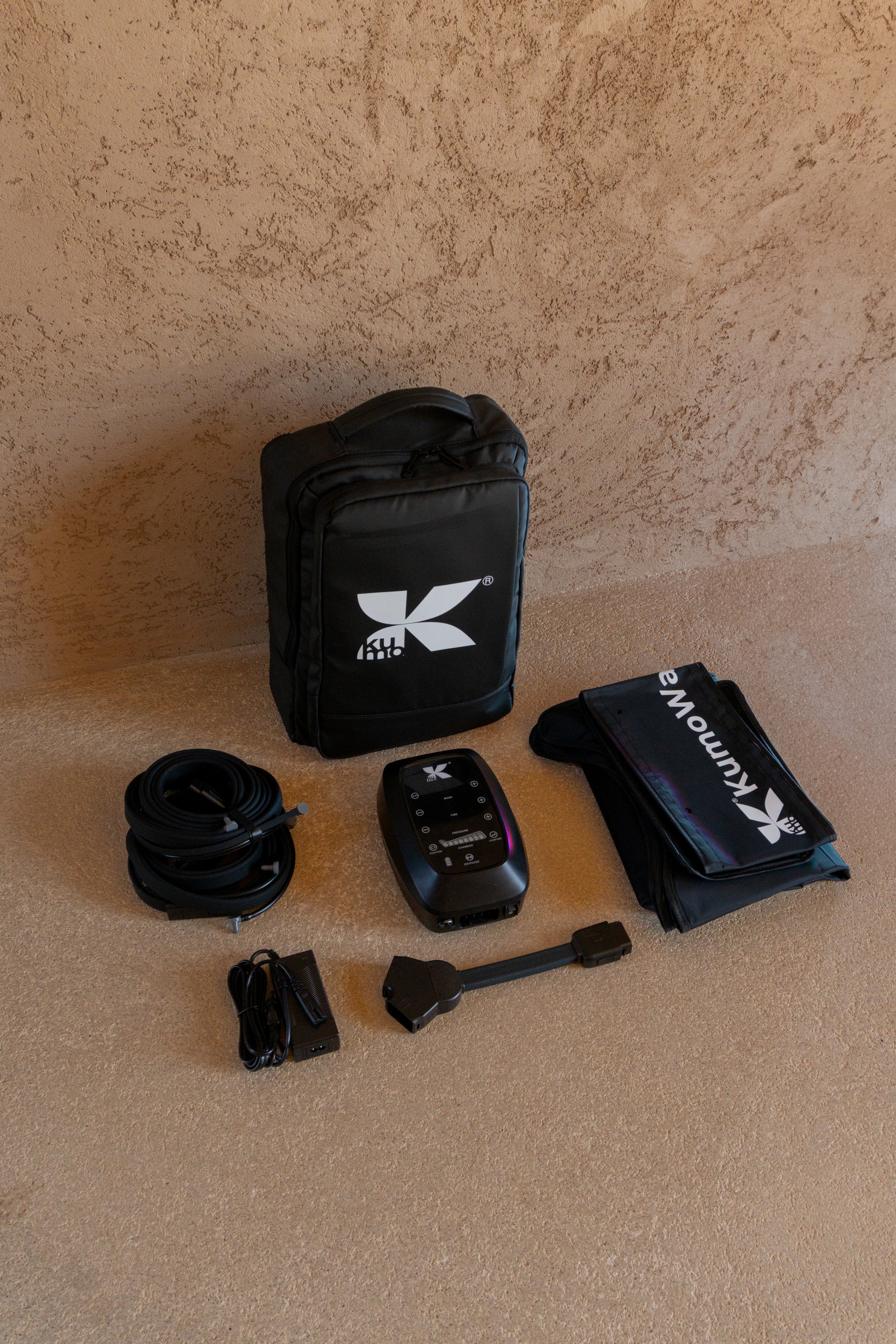Pressure therapy boots: a practical guide for athletes in 2025. Discover how they work, when to use them, and how to integrate them into your routine for improved recovery.
If you're looking to speed up recovery, relieve heavy legs, and get back to performing faster, here's a clear and actionable guide to intermittent pneumatic compression (IPC) boots. You'll learn what benefits to expect, realistic usage protocols, and key criteria for choosing the right equipment, with safety recommendations and no unnecessary jargon.
Coming soon
- They promote venous return and lymphatic drainage to reduce the sensation of heavy legs.
- Useful after training/racing, during travel, and between high-load sessions; 20–45 minutes is usually sufficient.
- Adjust the pressure to your sensations (firm comfort, never pain) and respect the contraindications.
- Evidence suggests benefits for perceived recovery and edema; the effects on acute performance are variable.
- Combine them with sleep, nutrition, and complementary techniques such as red light or massage to enhance results.
How pressotherapy boots work
Pressure therapy boots apply sequential compression from the foot to the thigh using air chambers that inflate and deflate. This external "pumping" mimics muscle action, promotes venous return and lymphatic flow, and helps mobilize interstitial fluids. In practice, this translates into less edema, a sensation of "lighter legs," and faster subjective recovery.
In medicine, these devices are known as intermittent pneumatic compression (IPC) devices. Their principle has been used for decades to promote circulation and reduce venous stasis in clinical settings, with a well-established safety profile when used correctly. You can learn more about the mechanism in the Cleveland Clinic guide to sequential compression devices: Sequential Compression Devices (SCD).
Tip: Look for programs with sequential compression and full decompression. They improve pumping comfort and efficiency.
Benefits for athletes and what the evidence says
- Perceived recovery and comfort: Many athletes report less leg heaviness and stiffness after intense sessions or competitions, especially in cyclical sports (running, cycling).
- Edema reduction: Sequential compression promotes fluid drainage, useful after high-impact efforts or altitude changes/dehydration (travel).
- Delayed onset muscle soreness (DOMS): Relief is often subjective; evidence is mixed, but there are no signs of harm when used judiciously. For DOMS, see the MedlinePlus fact sheet: Delayed onset muscle soreness .
- Subsequent performance: Studies from 2020–2023 show mixed results; some find small improvements in power or time to exhaustion the following day, while others do not. Still, the perception of recovery and edema control justify its use as a complementary tool. General review of recovery strategies in athletes: Sports Medicine Open – Recovery in sport (review).
In short: they're useful for feeling better and managing loads; don't expect immediate performance miracles, but do expect a favorable context for training more consistently.
When and how to use them: practical protocols
The key is to adjust time, pressure and time of day to your goal.
Before training or competition
- Objective: to gently activate circulation without fatigue.
- Duration: 10–15 min, low-medium pressure.
- Useful on cold days or after trips, always prioritizing active warming.
After training
- Objective: to facilitate drainage and recover sensations.
- Duration: 20–45 min, medium pressure (firm comfort).
- Timing: within 2–3 hours or in the afternoon/evening.
In high load blocks or tournaments
- Objective: keep legs fresh between efforts.
- Duration: 20–30 min 1–2 times/day, as tolerated.
On trips (after flights or long transfers)
- Objective: to counteract venous immobility and stasis.
- Duration: 20–30 min upon arrival; hydrate and move your ankles/hips.
If you're unsure about the pressure, start with less and work your way up. Avoid any tingling, numbness, or pain.
Quick table of recommended use
| Aim | Indicative duration | Suggested pressure | Time of day |
|---|---|---|---|
| Soft activation | 10–15 min | Low–medium | Before training |
| Standard post-workout | 20–30 min | Average | 1–3 h later |
| High load / double session | 30–45 min | Average | Between sessions |
| Post-trip | 20–30 min | Average | Upon arrival |
Note: Always adjust according to your height, tolerance, and sensations. Discontinue if you experience pain or numbness.
How to choose good pressure therapy boots (without getting lost)
- True, stable pressure range: allows you to work from “low” to “firm” without uncomfortable peaks.
- Number of cameras and overlap: More cameras allow for finer gradients and uniform compression.
- Sequence modes: lymphatic drainage, peristaltic wave, total decompression; avoids inflation that "traps" for too long.
- Ergonomics and sizing: a boot that covers the groin well and fits your leg circumference.
- Portability and noise: Battery, weight, and dB matter if you travel or share a locker room.
- Maintenance and cleaning: removable covers or materials that are easy to disinfect.
Explore options focused on sports recovery in the Pressotherapy collection . If you're looking for an overview of the brand and its focus on smart recovery, visit KUMO .
Safety, contraindications and good practices
IPC boots are safe for most people when used correctly. However, there are situations in which you should avoid using them or consult a doctor beforehand: deep vein thrombosis (past or suspected), congestive heart failure, active leg infection, open wounds, severe neuropathies, severe sensory disturbances, or unexplained pain.
For general clinical reference on CPI for thrombosis prevention and criteria for use, please refer to the NICE guidance: Venous thromboembolism: reducing the risk . If you have any questions, talk to your doctor or physical therapist.
Good practices:
- Do not sleep with them on or exceed excessive session times.
- Stay hydrated and combine with smooth mobility.
- Stop use if atypical symptoms appear (pain, persistent tingling, redness).
Do you need personalized guidance? You can contact the team .
Integration with other recovery tools
Recovery is an ecosystem. Boots add more when they're integrated with:
- Sleep and nutrition: pillars with the greatest impact on performance and adaptation.
- Red light therapy: can promote muscle recovery and sleep; explores the LED light therapy .
- Percussion massage: useful for “hot spots” and toning tissue before or after using boots. See the KUMOPulse Air massage gun .
- Mobility and breathing: 5–10 min of joint mobility and diaphragmatic breathing enhance the “decompression” effect.
Suggested sequences:
- Intense post-workout: 5 min mobility + 25 min boots + 5–8 min breathing.
- Night before back-to-back: 20–30 min boots + light stretching routine + sleep hygiene.
Recommended routines 2025 according to sport
- Running/trail: After long runs or intervals, 25–35 min of medium pressure. Loading week: 2–4 sessions.
- Cycling: after climbs or rides >3 h, 25–40 min. On laps/stages, short post-stage session daily.
- CrossFit/HIIT: Prioritize leg-focused days. 20–30 min; avoid just before maximal strength tests.
- Team sports: Between matches or double sessions, 20–30 min to manage edema and minor bruises, along with local cryotherapy if appropriate.
Remember: consistency is worth more than single marathon sessions.
Real-life usage examples
- Half marathon on Sunday: mobility + 30 minutes in boots upon arrival home; Monday: 20 minutes easy. Feeling: less heavy on the third day.
- Travel with a 4-hour flight prior to the competition: 15 minutes of gentle activation upon arrival + brisk walking. Avoid high blood pressure before competing.
For a complete overview of the aesthetic, technological and high-performance recovery ecosystem, explore the KUMO homepage .
FAQ
How much pressure should I use in pressure therapy boots?
Start low and progress. A simple rule: look for firm but comfortable compression, without pain or numbness. If the device displays mmHg, many users move into the mid-range; the choice depends on your tolerance, muscle mass, and goal (activation vs. drainage). Adjust every few sessions and remember that more pressure isn't always better. If you notice persistent tingling or discomfort afterward, reduce the pressure or time next time.
How many times a week is it recommended to use them?
For athletes, 2–5 weekly sessions work well during loading periods. In easy weeks, 1–2 sessions may be sufficient for maintenance. In tournaments or blocks with double sessions, you can use them daily in short formats (20–25 min). Prioritize your body's response: if sleep and training improve and you don't feel "sluggish" legs, you're on the right track. Also adjust based on travel and heat conditions.
Can I use them on the day of a competition?
Yes, with nuances. Use them as a gentle activation (10–15 minutes, low-medium pressure) several hours beforehand, and avoid long sessions or high pressures just before maximum effort to avoid sedating the muscles. After a competition, a 20–30 minute session can help with the feeling of relief. If you notice heaviness after using them before the event, reserve the boots for post-event and travel/recovery days.
Are they better than compression stockings?
They are different tools. Stockings offer constant, low compression, comfortable for extended wear and travel. Boots apply active sequential compression, more targeted at post-exertion drainage. You can combine them: socks during the day or during the flight, and boots for 20–30 minutes upon arrival or after training. The choice depends on your context, preferences, and response. For specific medical indications, consult clinical sources such as the NICE .
To remember
- Pressure therapy boots facilitate drainage and improve the perception of recovery, especially after heavy loads and travel.
- Adjust time and pressure to your goal; start conservatively and prioritize comfort.
- Observe contraindications and discontinue use if pain, tingling, or abnormal signs occur.
- They add up even more when combined with sleep, nutrition, mobility, and red light therapy or massage.
- Choose equipment with stable pressure, good chamber design, and reliable sequencing modes.
Ready to integrate this tool into your routine? Discover options in the KUMO pressotherapy collection or tell us your case so we can advise you: contact KUMO .
